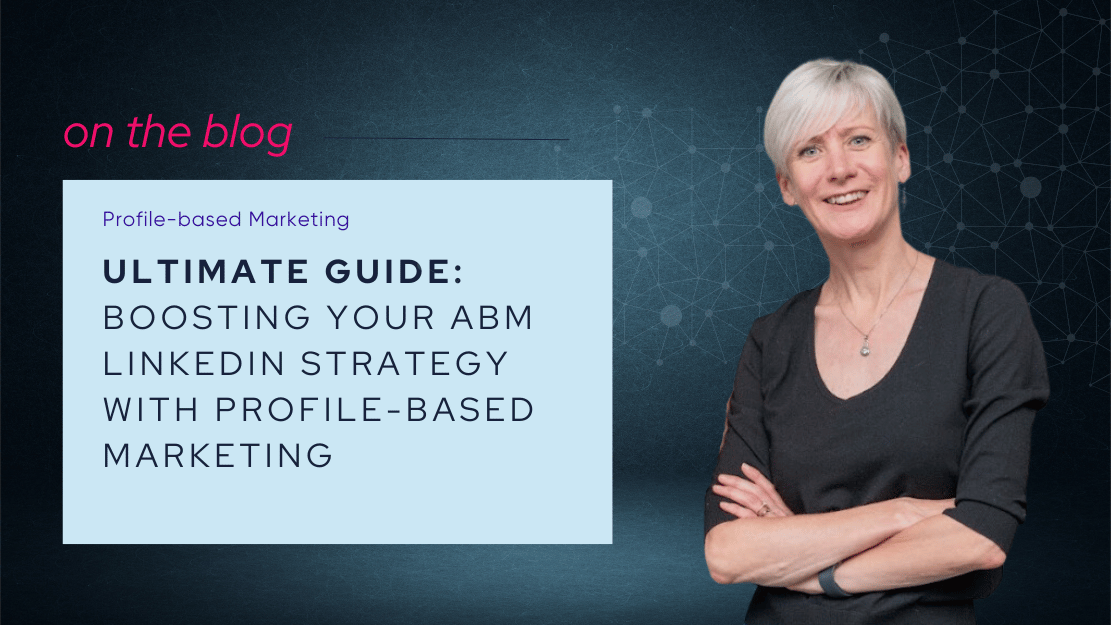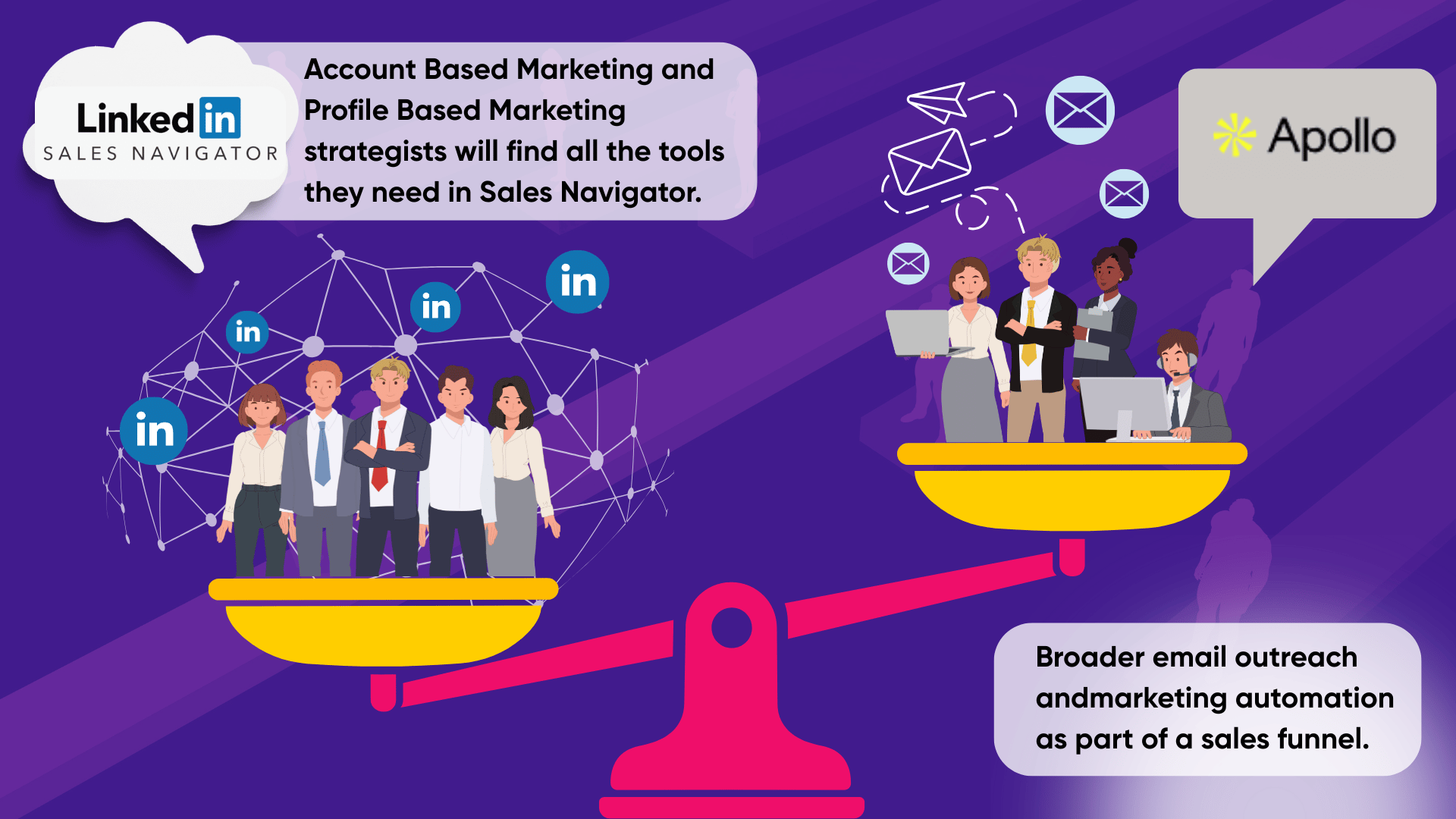

Are you considering upgrading to LinkedIn Sales Navigator or perhaps using a third-party platform like Apollo?
In my recent LinkedIn Live, I addressed this Sales Navigator versus Apollo dilemma.
Let’s break down their differences and see which tool best suits your sales and networking needs.
Let’s start with LinkedIn’s own native – and expensive – dedicated sales platform. It’s long been the preferred tool for sales professionals who want to leverage LinkedIn’s powerful networking capabilities, but is it the right one for you? Does it give you access to the insight and tools you need? Will you get ROI?
Here are four reasons why it might be a ‘yes’ to those questions;
Let’s look at Apollo, which has emerged as a strong competitor in the CRM and sales engagement space. So much so that LinkedIn has banned its Company page from the platform. It is slightly cheaper than Sales Navigator and has several compelling capabilities.
Let’s take a look;
Both are powerful tools and on the face of it appear very similar. Here’s what I think your decision will come down to;

Technology has revolutionized the way we live, work, and connect with others. From instant communication through smartphones to breakthroughs in artificial intelligence, it continues to redefine our daily routines.
These advancements have made tasks more efficient and information more accessible than ever before.
Note, with the ban from LinkedIn, the main issue between them is the scraping of data from LinkedIn to add it to Apollo’s database. It may be that the depth of this data is reduced, and less frequently updated in the future.
While Apollo offers a wide range of features at a competitive price, both are similar in cost at $100/month. If LinkedIn is the centre of your activity, and you won’t use the automation as much, then Sales Navigator is better value for the lead nurturing features.
As with many LinkedIn 3rd party tools, use them with caution as they may not be within LinkedIn’s user agreement.
Whichever path you choose, maximising the features of your chosen platform with clear sales objectives will be critical to driving success.
To ensure the return on investment you need when investing in either tool, keep your teams’ training bang up to date.


